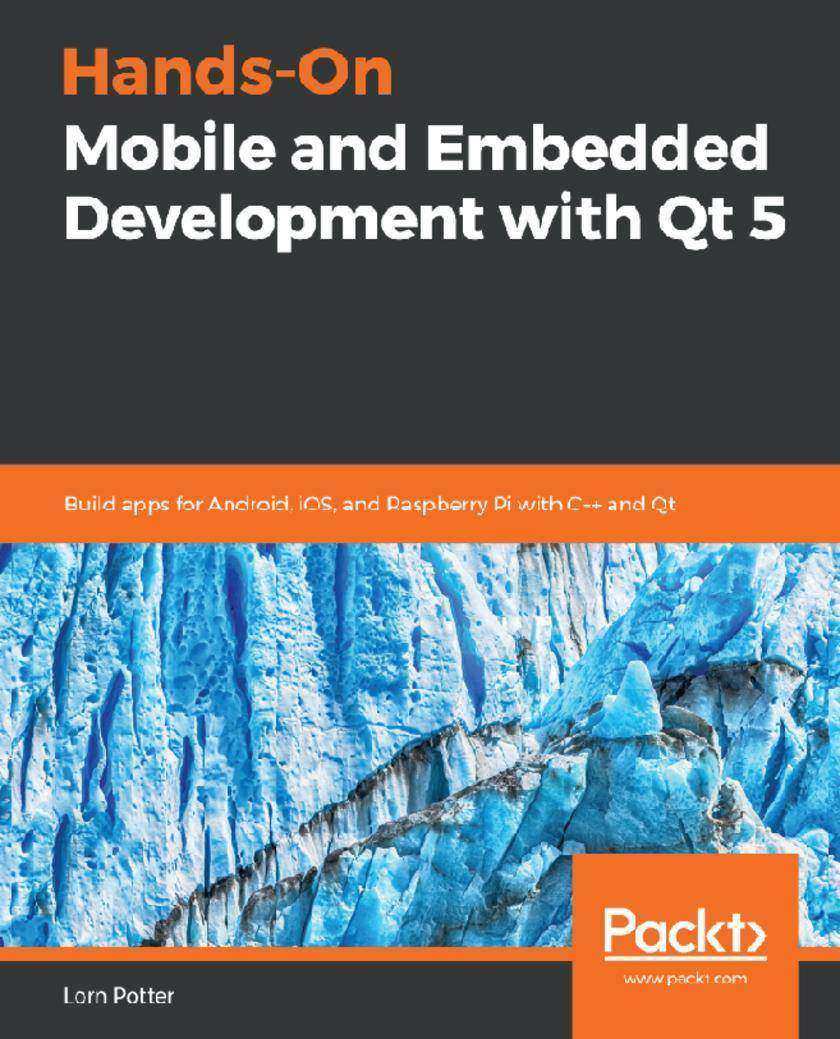
Hands-On Mobile and Embedded Development with Qt 5
¥70.84
Explore Qt framework and APIs for building cross-platform applications for mobile devices, embedded systems, and IoT Key Features * Build cross-platform applications and deploy them across mobile and connected devices * Design 2D and 3D UIs for embedded systems using Yocto and Qt Creator * Build machine to machine automation solution using QtSensors, QtMQTT, and QtWebSockets Book Description Qt is a world-class framework, helping you to develop rich graphical user interfaces (GUIs) and multi-platform applications that run on all major desktop platforms and most mobile or embedded platforms. The framework helps you connect the dots across platforms and between online and physical experience. This book will help you leverage the fully-featured Qt framework and its modular cross-platform library classes and intuitive APIs to develop applications for mobile, IoT, and industrial embedded systems. Considerations such as screen size, device orientation changes, and small memory will be discussed. We will focus on various core aspects of embedded and mobile systems, such as connectivity, networking, and sensors; there is no IoT without sensors. You will learn how to quickly design a flexible, fast, and responsive UI that looks great. Going further, you will implement different elements in a matter of minutes and synchronize the UI elements with the 3D assets with high precision. You will learn how to create high-performance embedded systems with 3D/2D user interfaces, and deploy and test on your target hardware. The book will explore several new features, including Qt for WebAssembly. At the end of this book, you will learn about creating a full software stack for embedded Linux systems using Yocto and Boot to Qt for Device Creation. What you will learn * Explore the latest features of Qt, such as preview for Qt for Python and Qt for WebAssembly * Create fluid UIs with a dynamic layout for different sized screens * Deploy embedded applications on Linux systems using Yocto * Design Qt APIs for building applications for embedded and mobile devices * Utilize connectivity for networked and machine automated applications * Discover effective techniques to apply graphical effects using Qt Quick apps Who this book is for The book is ideal for mobile developers, embedded systems engineers and enthusiasts who are interested in building cross-platform applications with Qt. Prior knowledge of C++ is required.
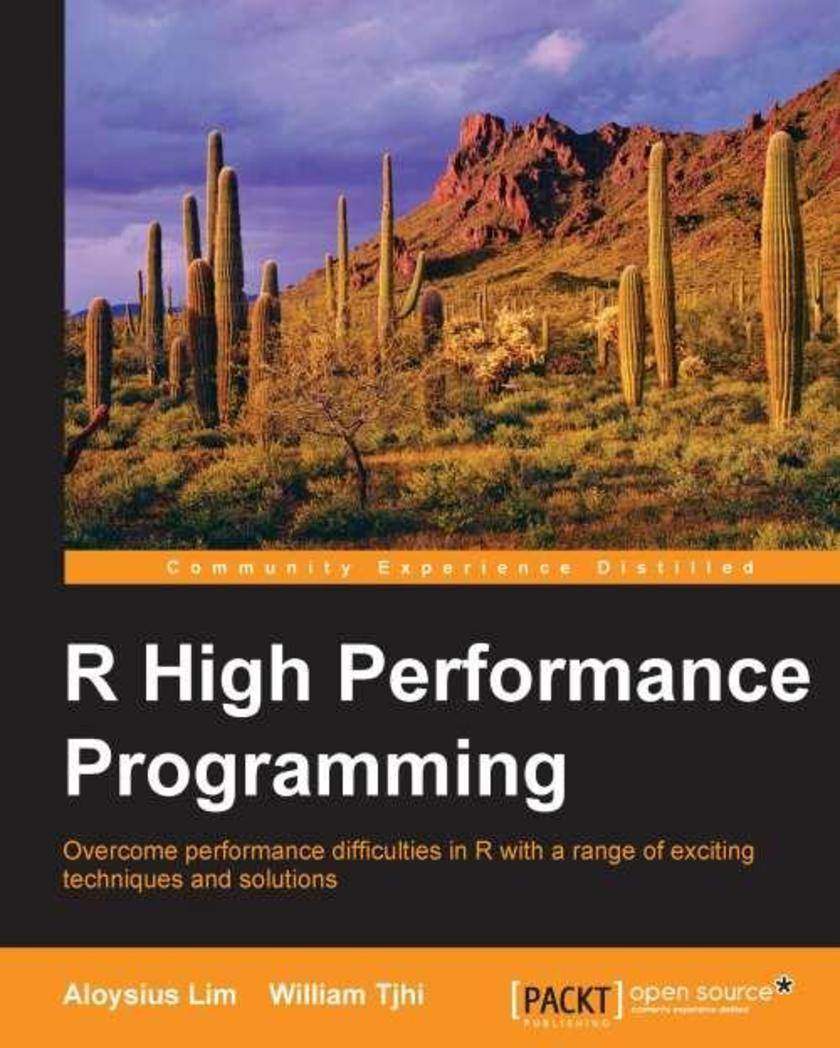
R High Performance Programming
¥54.49
This book is for programmers and developers who want to improve the performance of their R programs by making them run faster with large data sets or who are trying to solve a pesky performance problem.
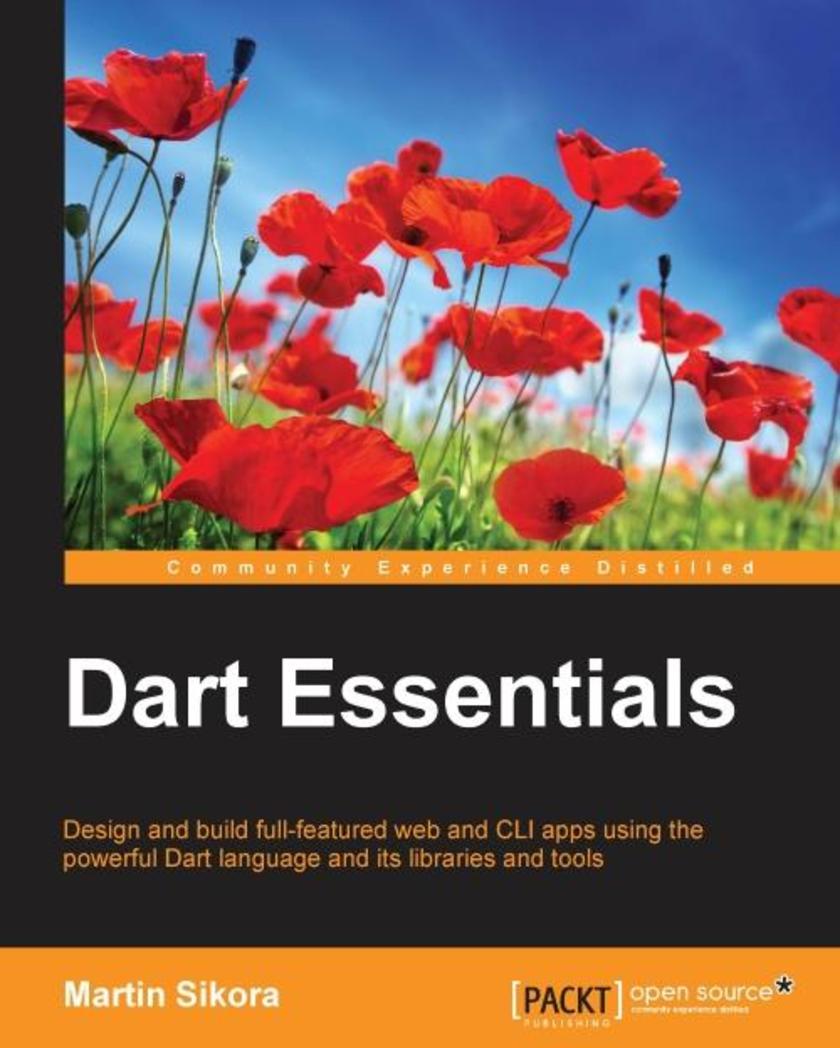
Dart Essentials
¥54.49
This book is targeted at expert programmers in JavaScript who want to learn Dart quickly. Some previous experience with OOP programming in other languages and a good knowledge of JavaScript are assumed.
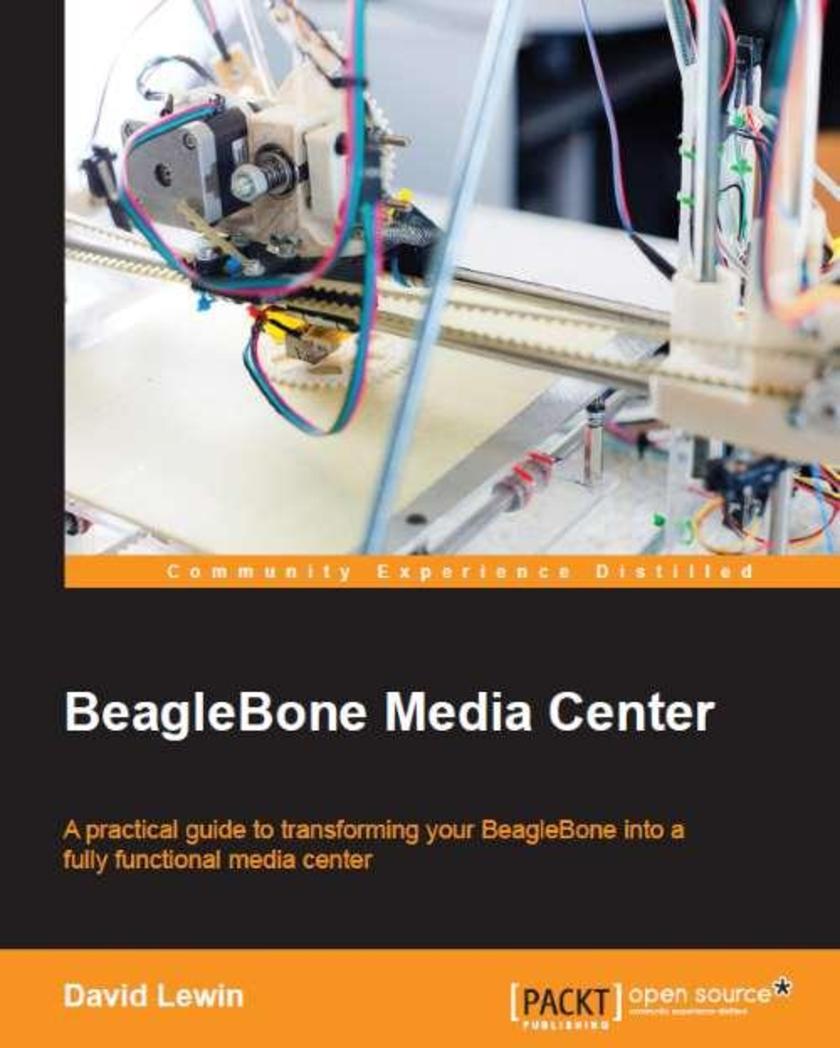
BeagleBone Media Center
¥45.77
Whether you are a hobbyist or a professional, this book will get you fully equipped to resolve the most commonly occurring media-related challenges. If you want to expand your horizons beyond lighting an LED and push the limits of your board, this is just the book for you. Working knowledge of BeagleBone is assumed.

GameMaker Essentials
¥45.77
This book is for users experienced with game development who now want to learn how to develop games in GameMaker: Studio in a fast-paced way.
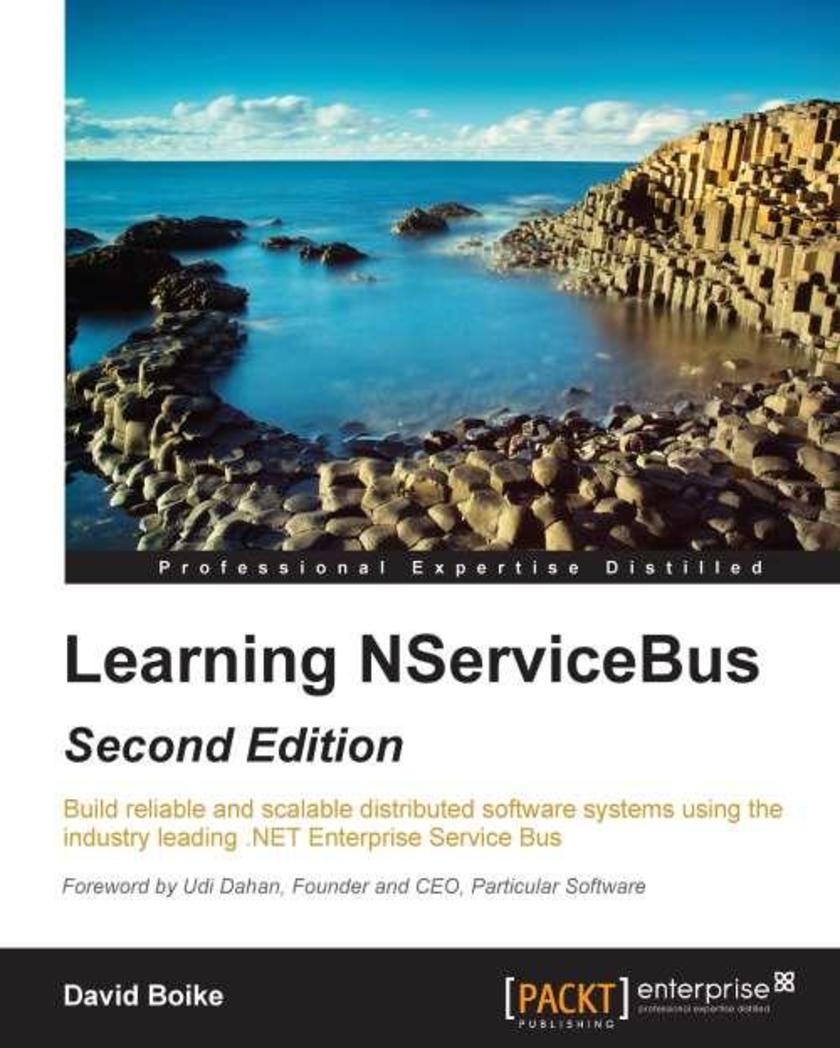
Learning NServiceBus - Second Edition
¥54.49
If you are a .NET developer who wants to eliminate the problems related to defective third-party web service integration or batch job failures, then this is the book for you. It is also perfect for those of you who are new to NServiceBus and service-oriented architecture and would like to learn how you can streamline all of your development efforts.
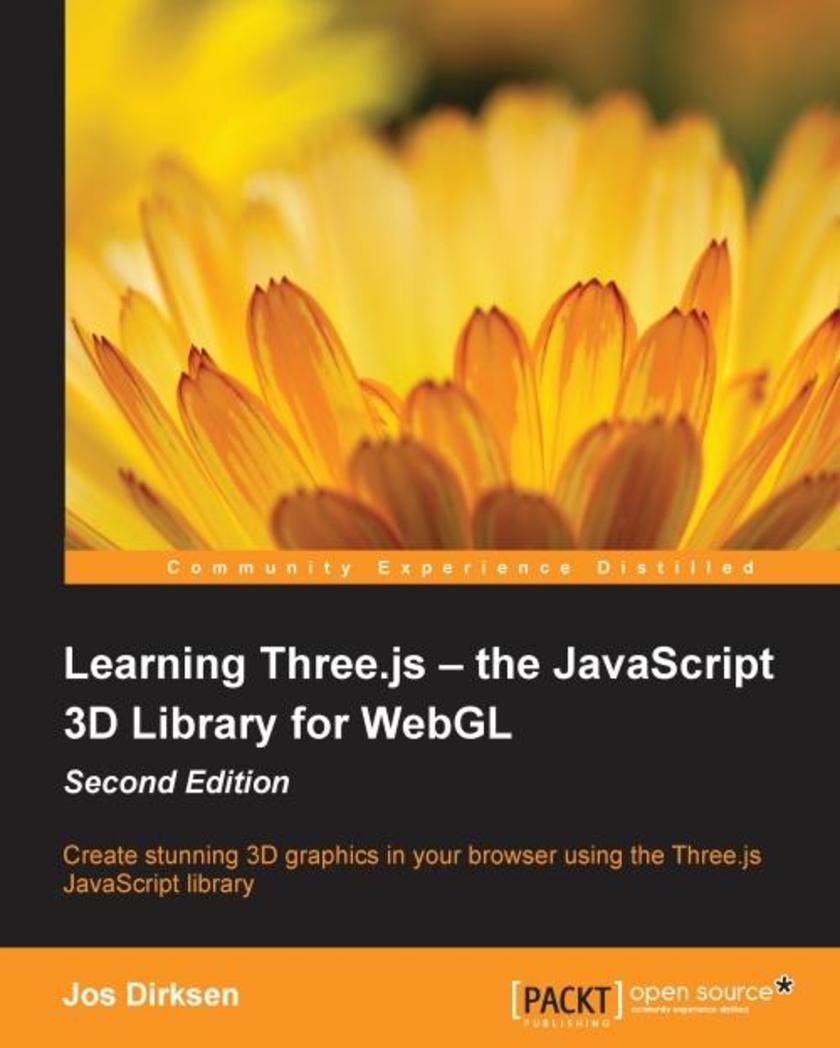
Learning Three.js – the JavaScript 3D Library for WebGL - Second Edition
¥90.46
If you know JavaScript and want to start creating 3D graphics that run in any browser, this book is a great choice for you. You don't need to know anything about math or WebGL; all that you need is general knowledge of JavaScript and HTML.
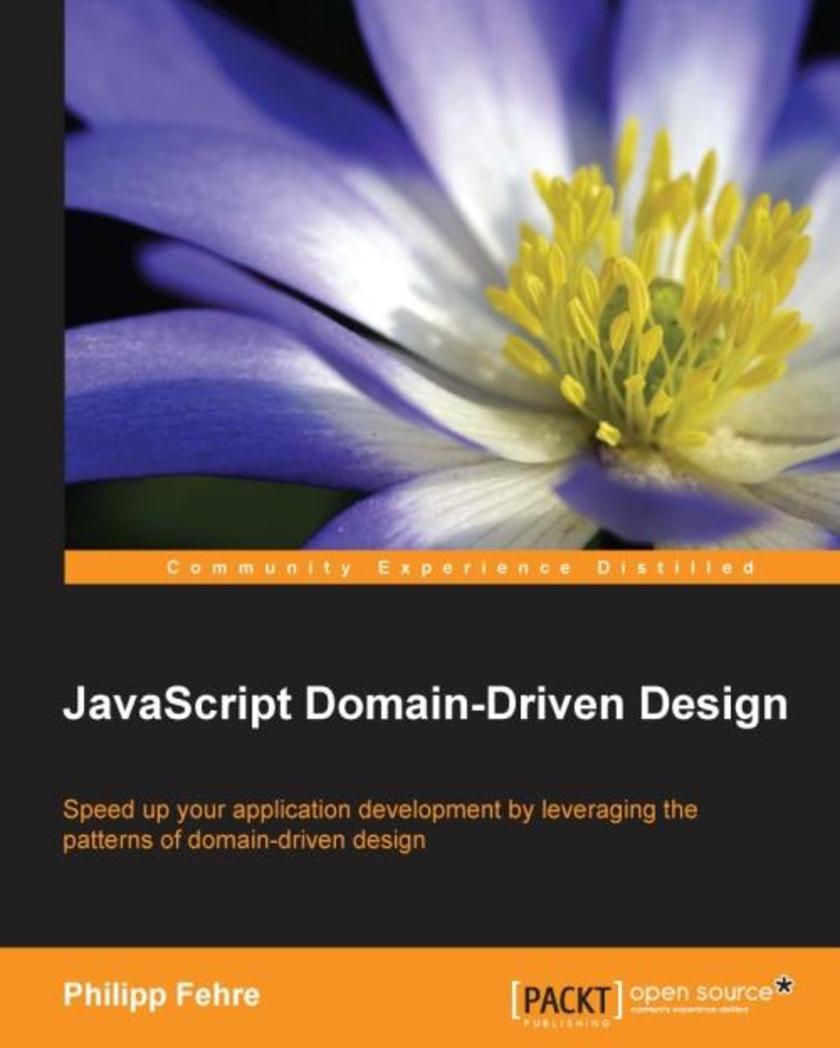
JavaScript Domain-Driven Design
¥71.93
If you are an experienced JavaScript developer who wants to improve the design of his or her applications, or find yourself in a situation to implement an application in an unfamiliar domain, this book is for you. Prior knowledge of JavaScript is required and prior experience with Node.js will also be helpful.
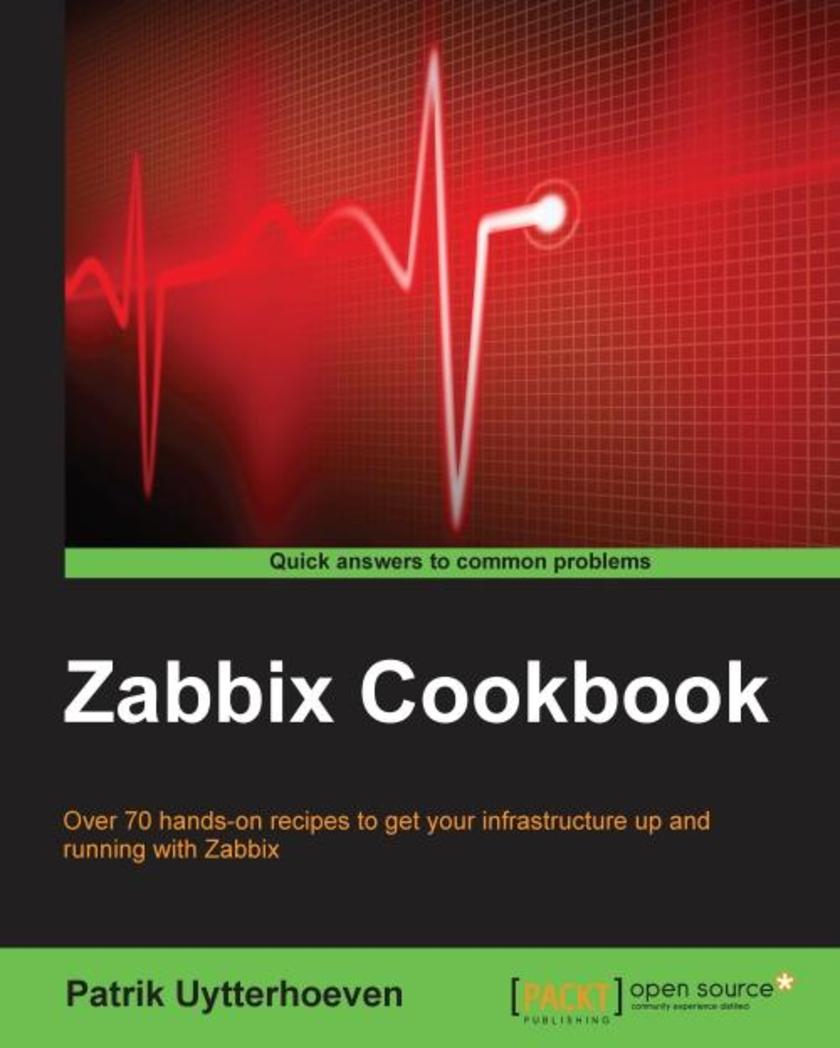
Zabbix Cookbook
¥80.65
If you have some experience with Zabbix and wish to take your infrastructure to the next level, then this book is for you. Before you start with Zabbix, or monitoring in general, it is best to have some basic Linux knowledge and a good understanding of snmp, virtualization, and *ing.
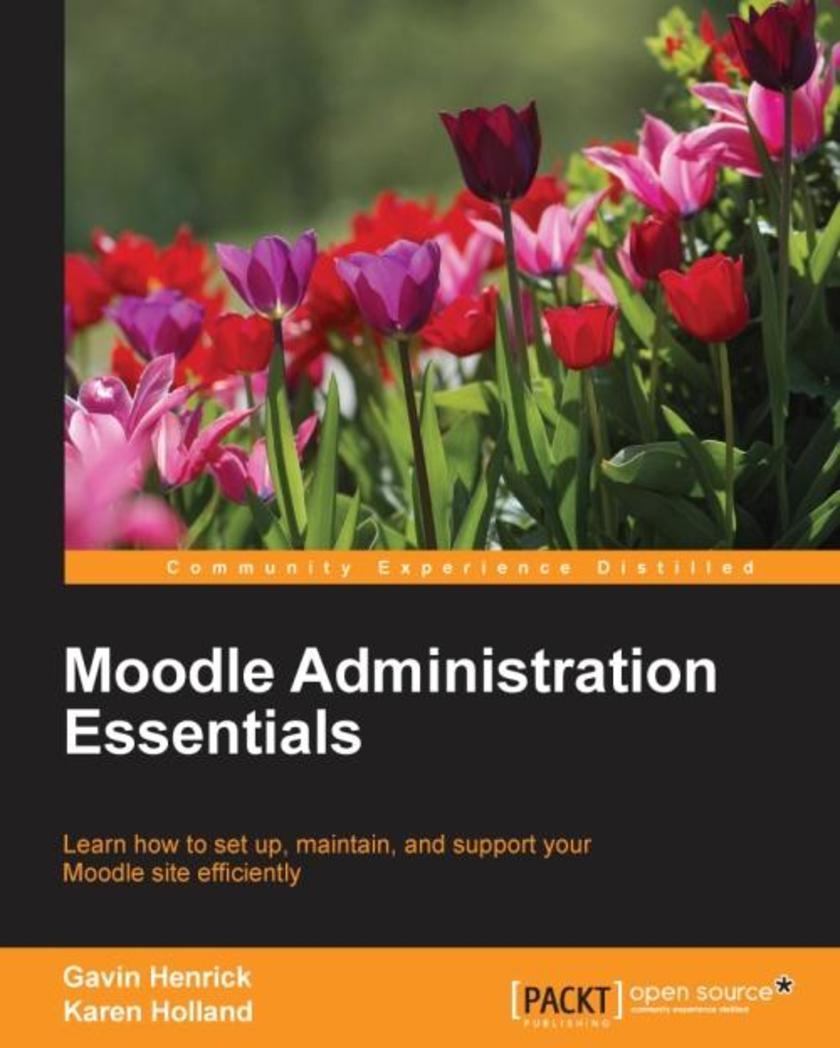
Moodle Administration Essentials
¥54.49
If you are an experienced system administrator and know how to manage servers and set up web environments but now want to explore Moodle, this book is perfect for you. You'll get to grips with the basics and learn to manage Moodle quickly, focusing on essential tasks. Having prior knowledge of virtual learning environments would be beneficial, but is not mandatory to make the most of this book.
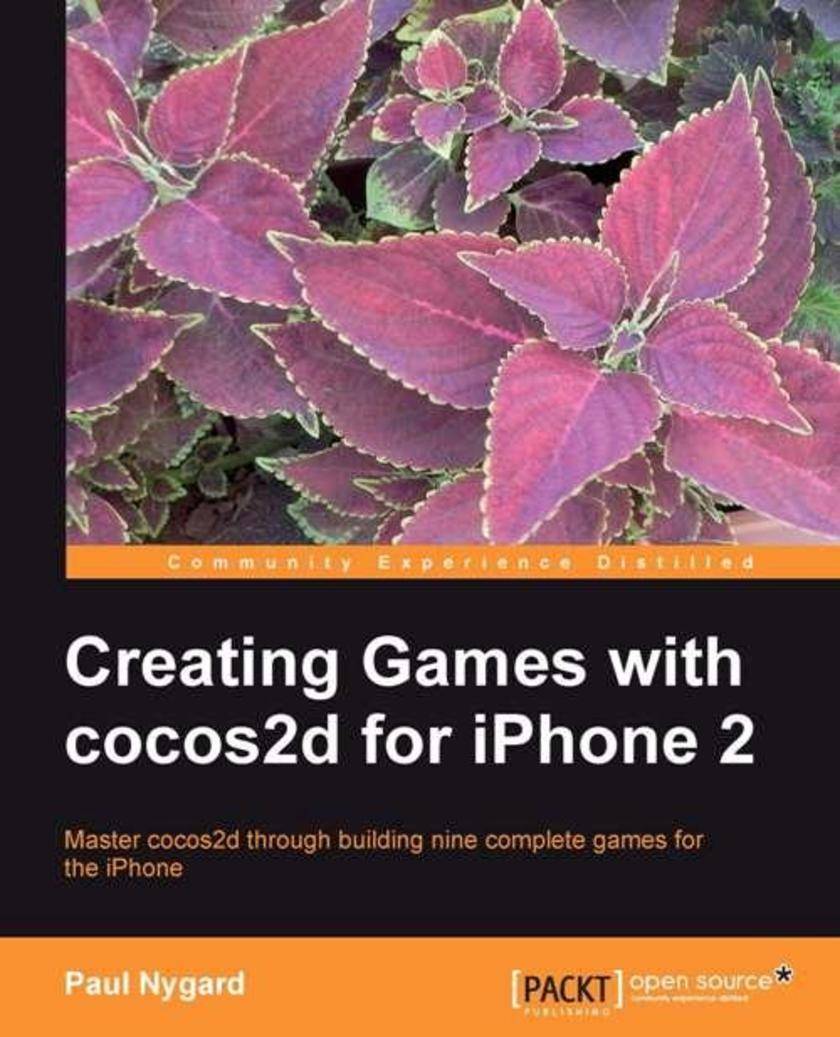
Creating Games with cocos2d for iPhone 2
¥80.65
A hotshot book_10 different cocos2d for iPhone games in increasing order of complexity. Only the barebone structure will be presented without going into the details,If you are an iPhone or iPad developer with base knowledge of cocos2d for iPhone, this book is for you.
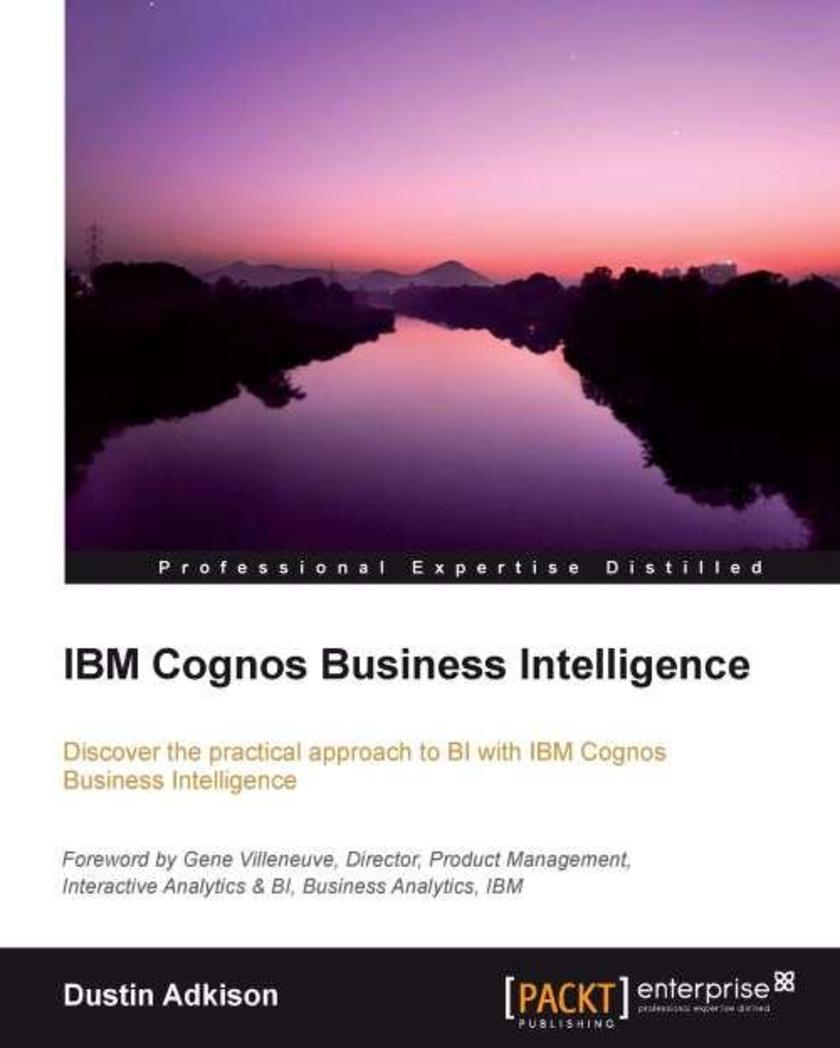
IBM Cognos Business Intelligence
¥116.62
Written as a practical guide, this book will show you how to manage your reporting environment using IBM Cognos 10 and make the most out of BI tools within your business - taking a hands-on approach to stimulate learning and develop your understanding. If you are an IBM Cognos or Business Intelligence developer or consultant, have a basic knowledge of Cognos 10 BI and a good level of understanding of Cognos 8 then this book is for you.
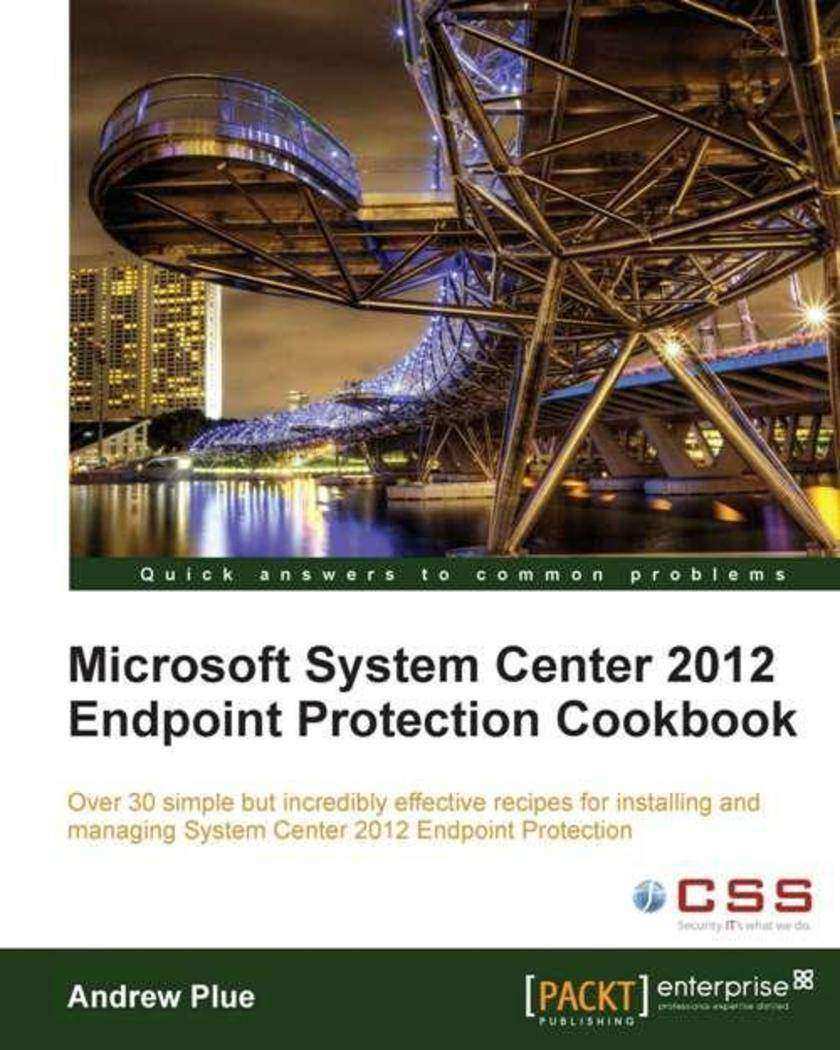
Microsoft System Center 2012 Endpoint Protection Cookbook
¥80.65
Microsoft System Center 2012 Endpoint Protection Cookbook is a highly practical cookbook for beginner-intermediate use to get you started with a variety of SCEP tasks, as well as providing a sneak peek at a full SCEP walkthrough to give you some real world context. If you are a System Administrator or Engineer using System Center 2012 EndPoint Protection, then Microsoft System Center 2012 Endpoint Protection Cookbook is for you. You should have a good background with Microsoft products in general, although no knowledge of EndPoint Protection is required.
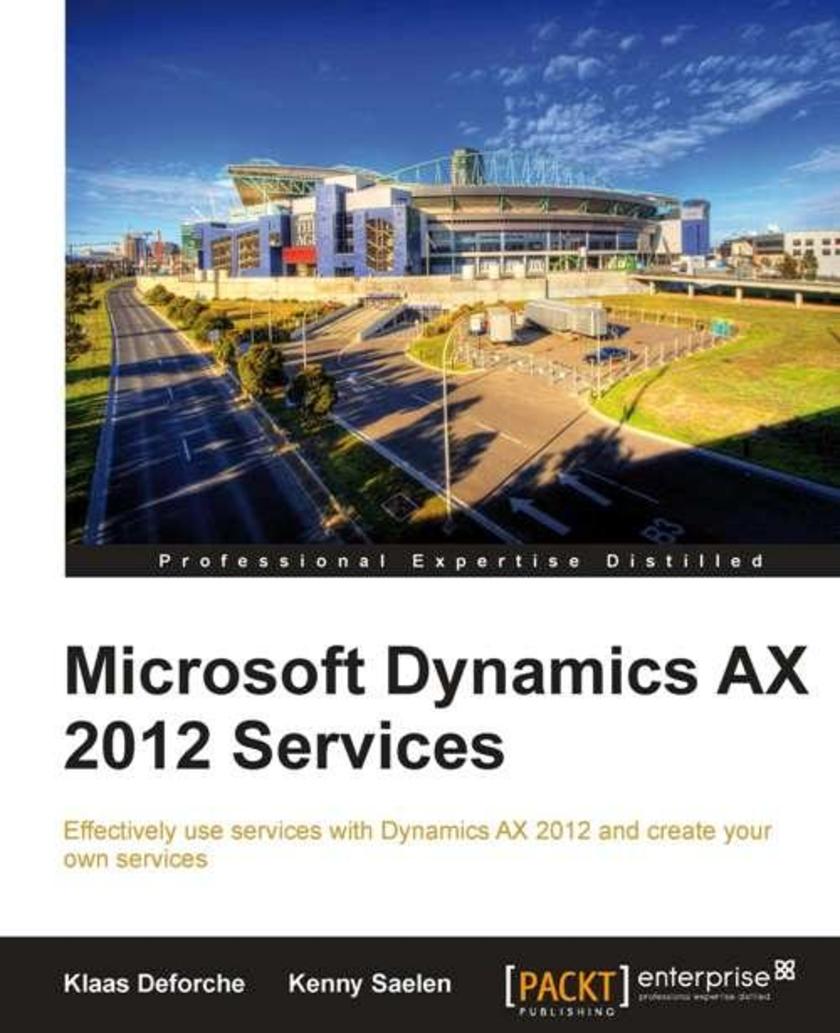
Microsoft Dynamics AX 2012 Services
¥63.21
It's a tutorial guide that provides all the knowledge needed to implement services with Microsoft Dynamics AX 2012. This book is aimed at Dynamics AX developers, both new and experienced with services and Microsoft Dynamics AX 2012. A basic understanding of MorphX and X++ is assumed, but the step-by-step instructions are easy to follow even for beginners. Some examples use C#.NET, so experience with Visual Studio is a plus but not a must.
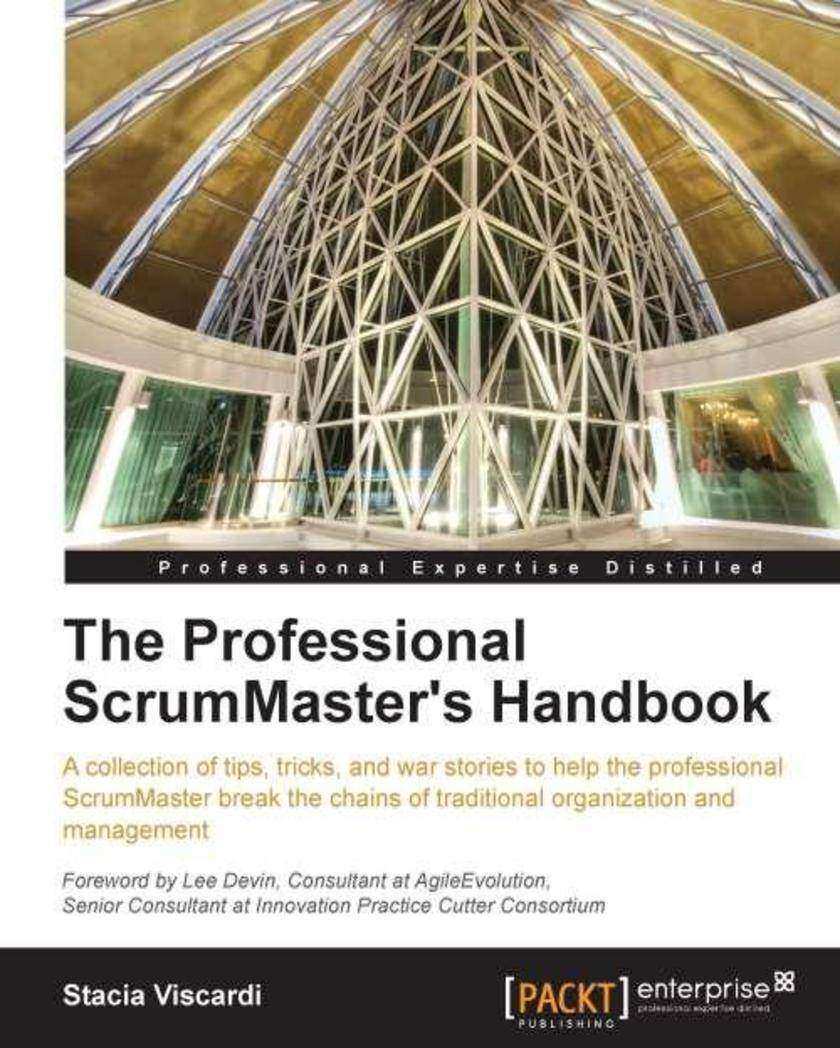
The Professional ScrumMaster's Handbook
¥90.46
Focusing on the ScrumMaster role and responsibilities, this book presents solutions and ideas for common problems, improving the overall methodology of a ScrumMaster's approach. The Professional ScrumMaster’s Handbook is for anybody who wishes to be a true ScrumMaster as the role was originally intended - a fearless, professional, change facilitator. This book extends your working knowledge of Scrum to explore other avenues and ways of thinking to help teams and organizations reach their full potential.
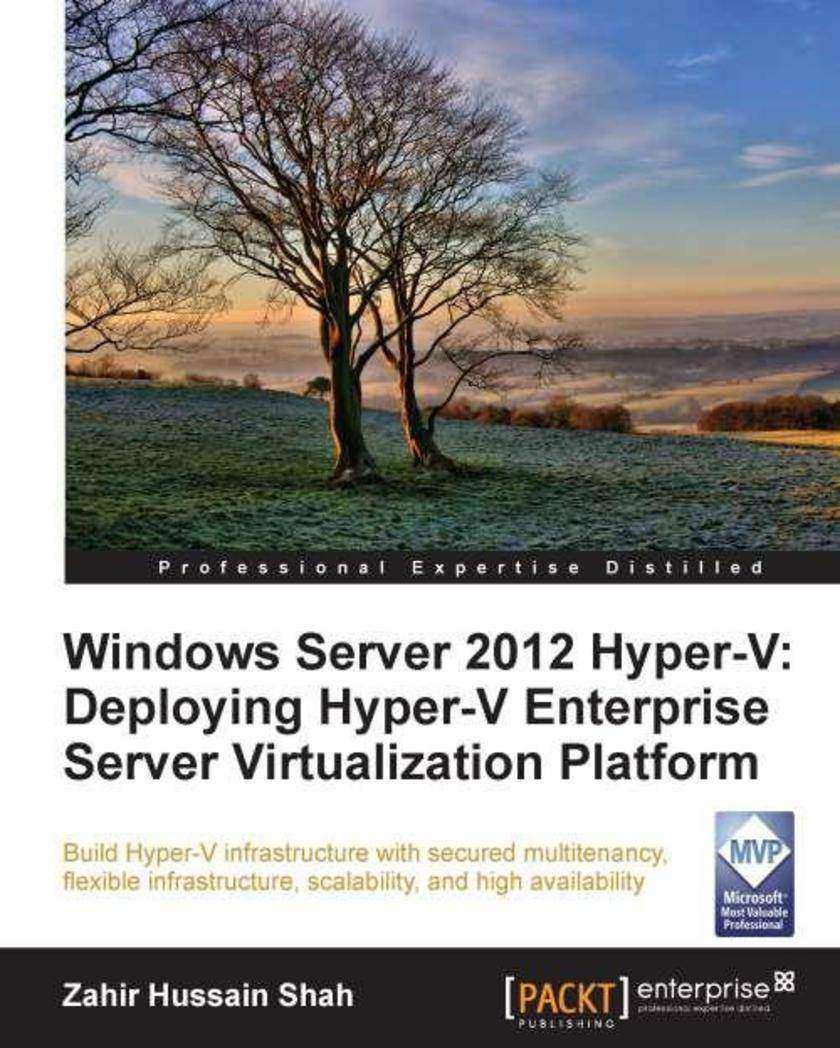
Windows Server 2012 Hyper-V
¥90.46
This books takes a comprehensive tutorial approach with plenty of screenshots and detailed step-by-step instructions. This book is for Windows server administrators, who may not necessarily be familiar with Hyper-V, and also for existing Hyper-V administrators who want to advance their skills in Windows Server 2012 Hyper-V.
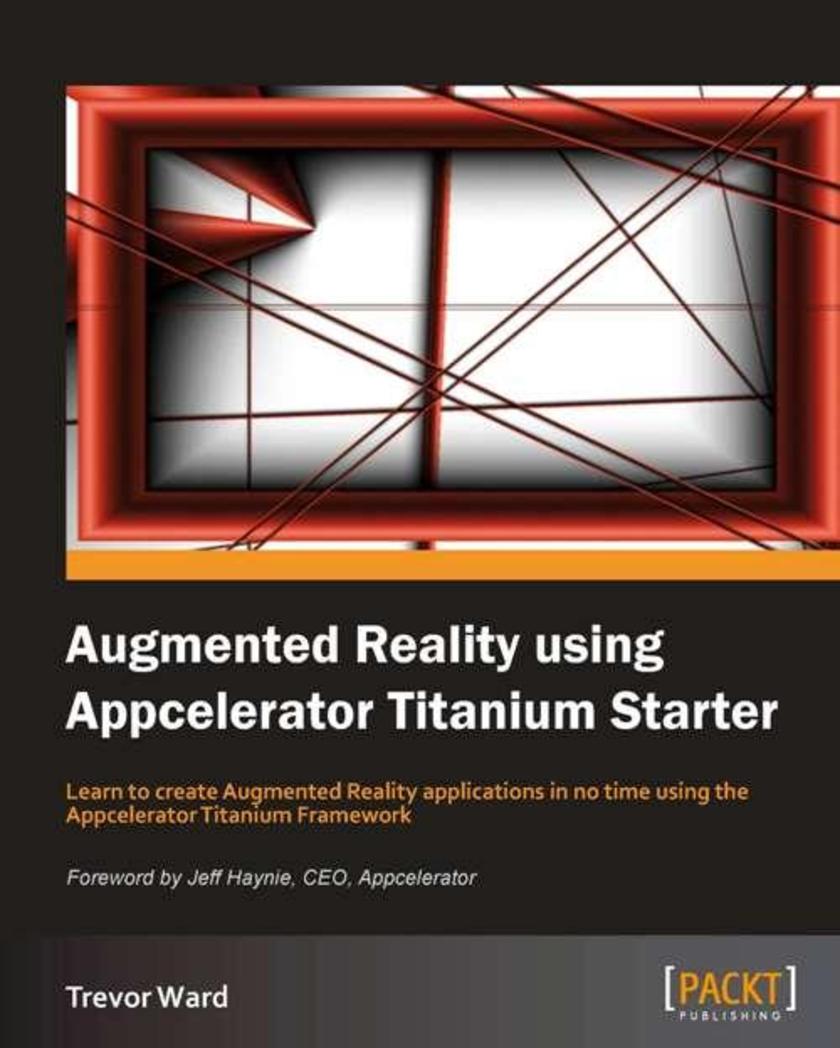
Augmented Reality using Appcelerator Titanium Starter
¥35.96
It's a quick start tutorial to help you get started with creating Augmented Reality applications and acquainting yourself with essential aspects of creating AR applications using the Appcelerator Titanium Framework. The instructions are clear with easy to follow examples. This book is for anybody who wishes to understand how to build an Augmented Reality Application. It uses the Appcelerator Titanium mobile development framework, but the techniques and practices can be applied to other frameworks and native code. You will need to have a good working knowledge of development and JavaScript, it is not aimed at the beginner.
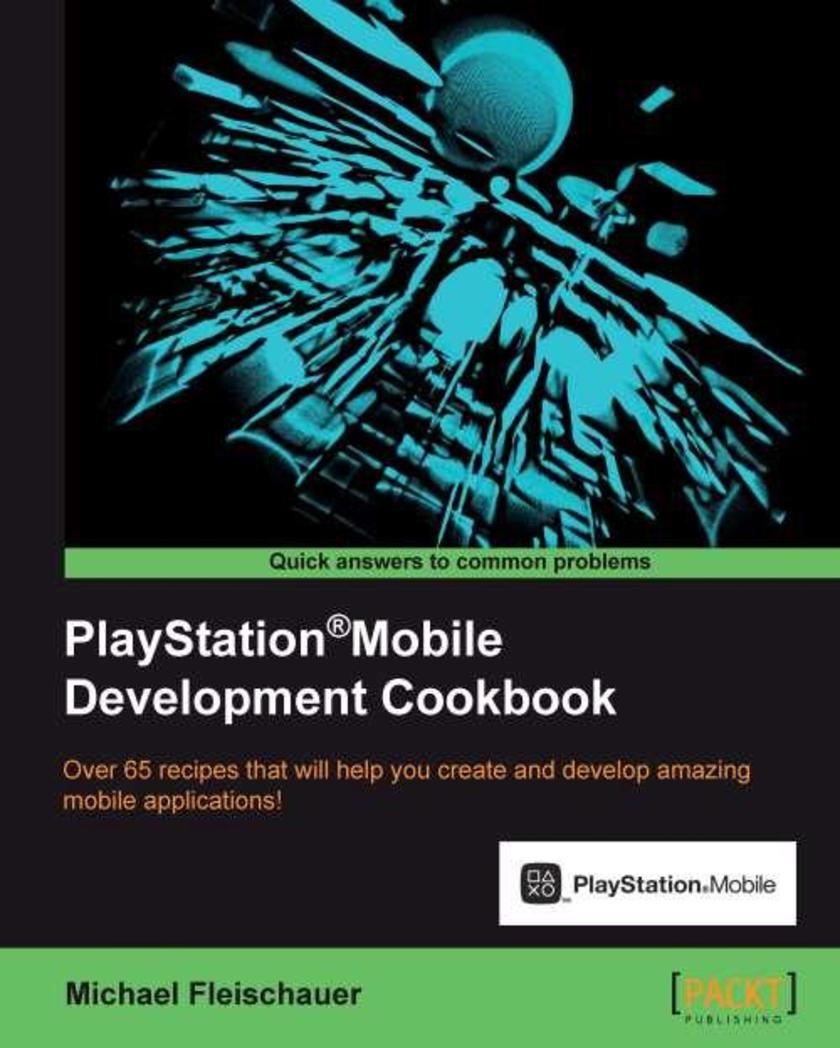
PlayStation?Mobile Development Cookbook
¥90.46
Written as a series of engaging and practical recipes, this essential Cookbook has been meticulously designed and reviewed in order to provide you with the ultimate reference for PlayStation?Mobile development. If you've got some prior experience with C# and want to create awesome projects for the PlayStation?Vita and PlayStation?Certified devices, then this book is for you.
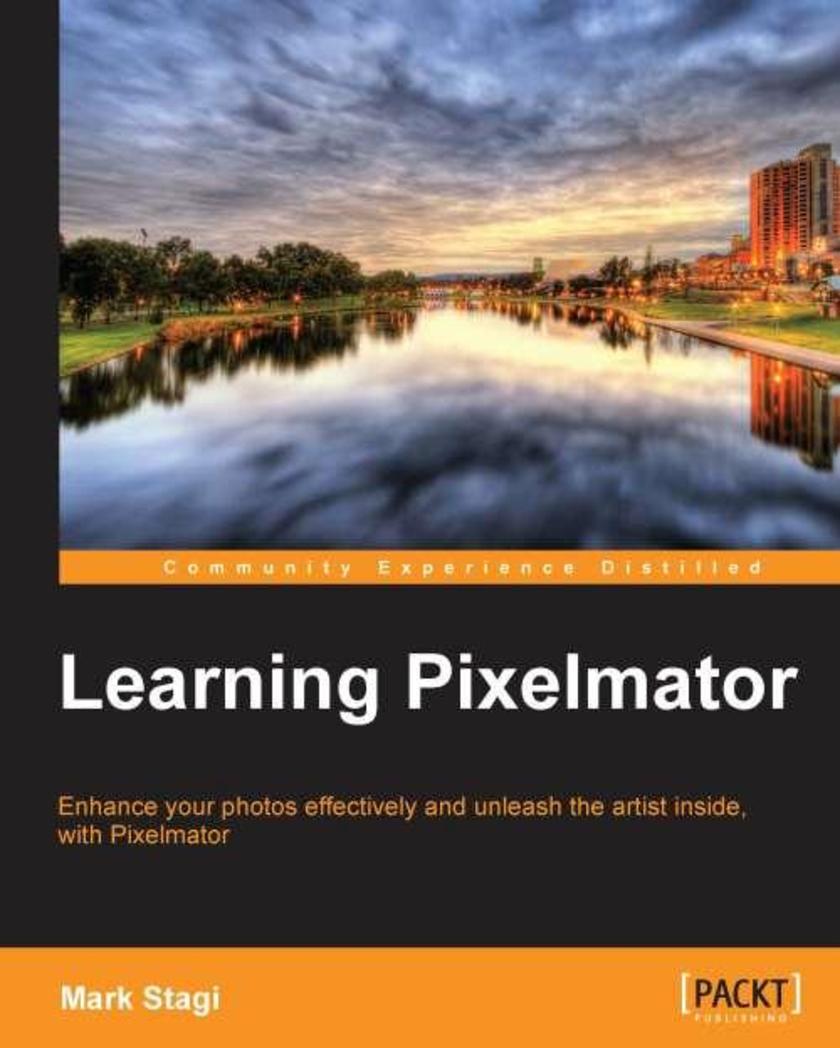
Learning Pixelmator
¥45.77
A fast paced, example driven approach to learning Pixelmator. Learning Pixelmator is great for photographers of any level who are looking to learn to take advantage of Pixelmator to edit images. Without any prior knowledge of image editing software needed, we will start with the basics and move onto more advanced image editing techniques. No matter what your current artistic level is, this book will give you the power to unleash the artist within!
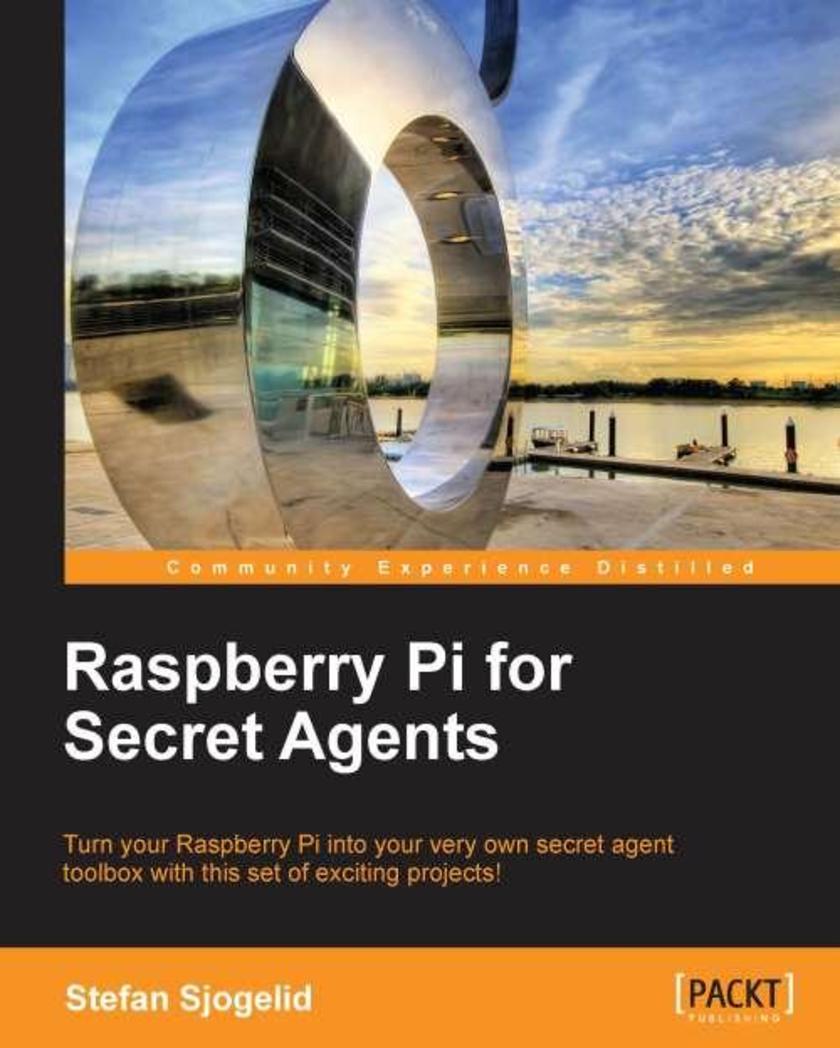
Raspberry Pi for Secret Agents
¥54.49
A playful, informal approach to using the Raspberry Pi for mischief! Raspberry Pi for Secret Agents is for all mischievous Raspberry Pi owners who’d like to see their computer transform into a neat spy gadget to be used in a series of practical pranks and projects. No previous skills are required to follow along and if you’re completely new to Linux, you’ll pick up much of the basics for free. Apart from the Raspberry Pi board itself, a USB microphone and/or a webcam is required for most of the audio/video topics and a Wi-Fi dongle is recommended for the networking examples. A Windows/Mac OS X/Linux computer (or second Raspberry Pi) is also recommended for remote network access.
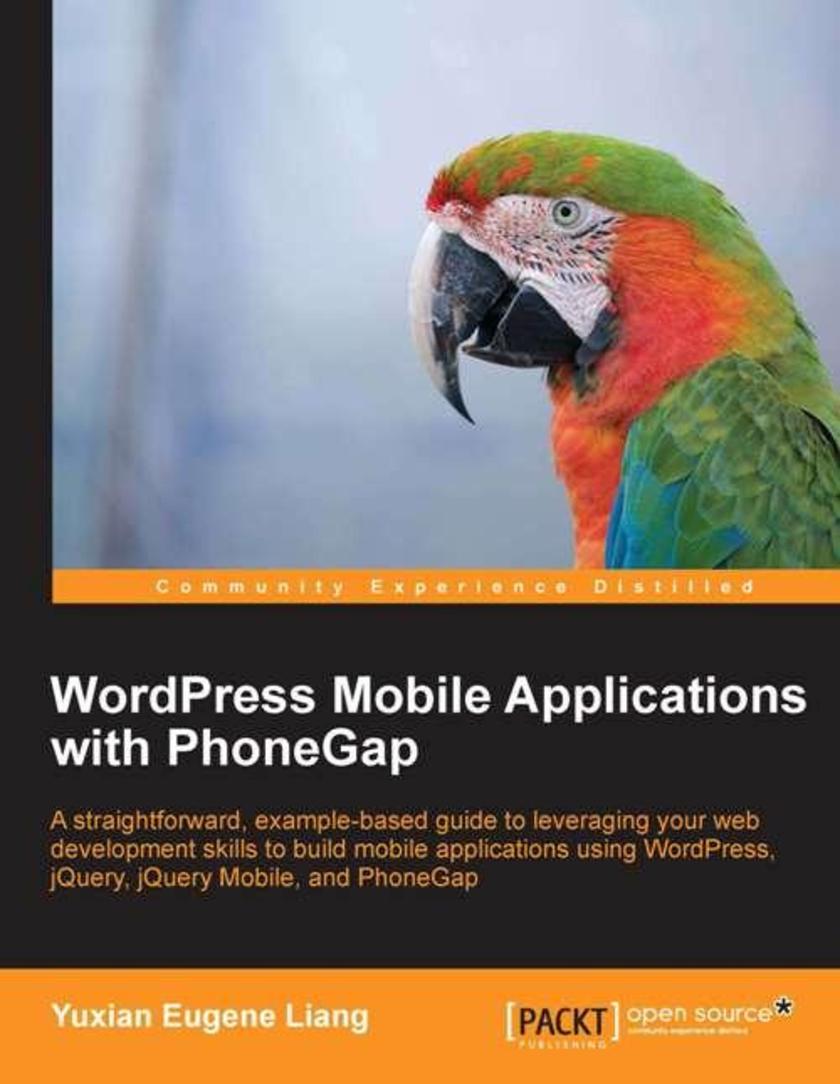
Wordpress Mobile Applications with PhoneGap
¥35.96
This is a practical step-by-step tutorial. If you are a developer with basic knowledge of Wordpress, HTML/CSS/JavaScript seeking to understand how to further your knowledge in creating cross-platform mobile applications using PhoneGap, then this book is for you.




 购物车
购物车 个人中心
个人中心



